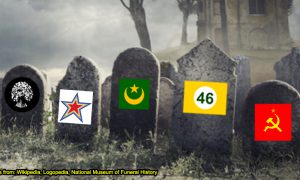Why does Malaysia’s Nuri helicopter crash so often?
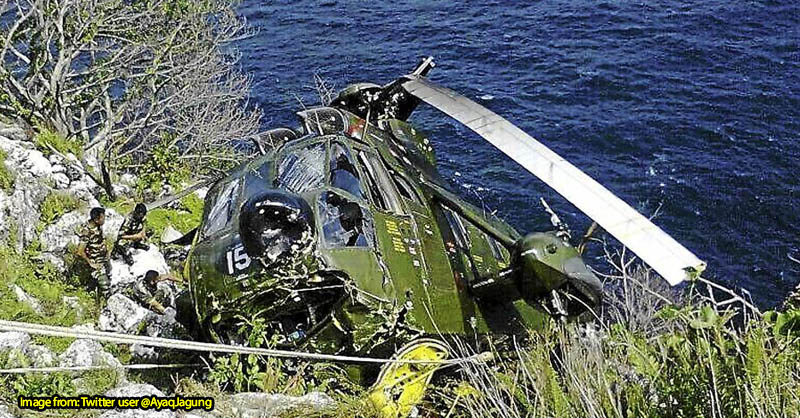
- 590Shares
- Facebook578
- Twitter4
- Email2
- WhatsApp6
While flying may be the safest method of transport, it seems that this mainly applies to planes more so than helicopters. And as it turns out, one military helicopter in particular stands out from the rest in terms of local air disasters: the Royal Malaysian Air Force’s Sikorsky S-61A-4 Nuri.
Before going into why, let’s take a look at how this controversial helicopter came into service with our armed forces.
The Nuri helicopters were the Malaysian air force’s answer to the communist insurgency
In 1968, during the height of Malaysia’s struggle against the communists, our air force decided that they needed an aerial edge over the enemy, especially since the British had withdrawn their forces from Malaysia the year before:
“…Without the enormous support from the helicopter force, we in all likelihood would still be fighting the communists in the jungle.”– Lt Gen Tan Sri Mohamed Bin Ngah Said RMAF (Retired), former Chief Of Air Force
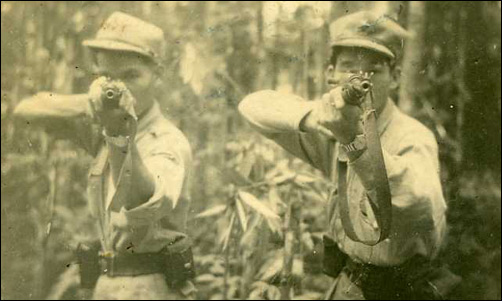
The Communist Insurgency saw soldiers on both sides engaging in brutal jungle warfare. Image from: LINKS International Journal of Socialist Renewal
And so, a total of 43 medium-lift Sikorsky S-61A-4 helicopters were adopted by the RMAF that year, and were given the designation ‘Nuri’ (Malay for ‘parrot’). This new addition bolstered Malaysian troops with superior mobility, affording them the ability to transport up to 12 personnel, or even airlift a completely-assembled Howitzer 150mm artillery gun deep into what Sir Gerald Templer described as ‘the most difficult and innaccesible jungle in the world’.
The Nuris saw extensive action throughout the insurgency, playing a pivotal role in many key anti-communist operations, especially Op Bamboo, Op Gubir II, and Op Selamat Sawadee, and they served in Malaysia’s armed forces to the modern day.
But despite its outstanding performance during the insurgency, it developed a bad reputation throughout the years among both the public and military personnel alike, because…
Over 20 Nuri helicopters have crashed since 1968
Yes, if the Nuri helicopter was a footballer, it would be Cristiano Ronaldo: he’ll score you lots of goals, but he’s aging, and kinda injury-prone.
To give a picture as to the frequency of Nuri crashes since its introduction, we compiled an Excel sheet of every single crash we could find, from 1969 to the present day:
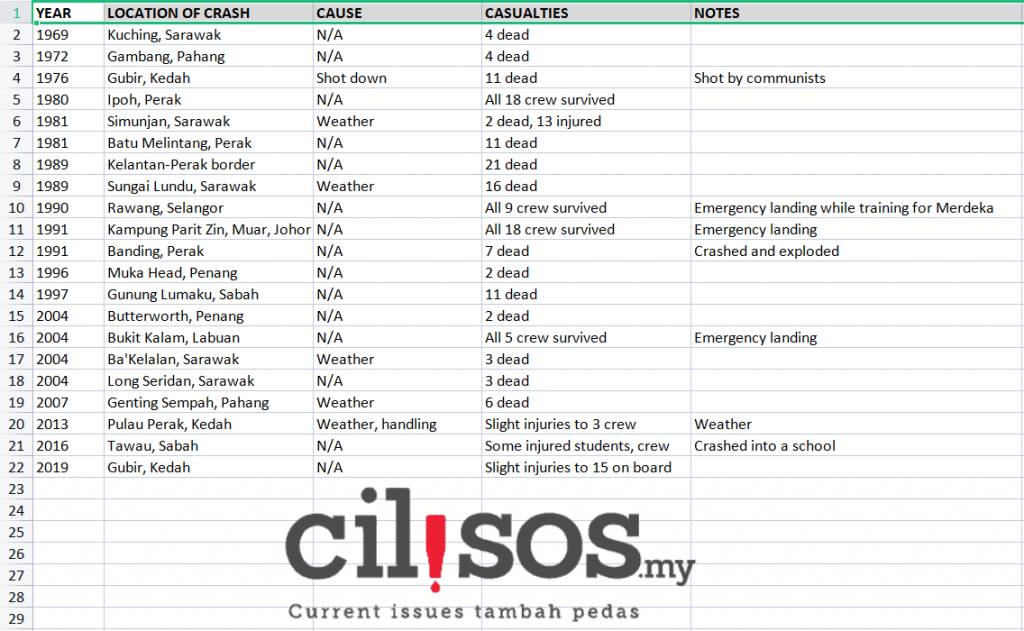
Click to enlarge. Note: ‘N/A’ indicates that the cause was either not listed, or we couldn’t find it.
As can be seen from our sheet above, incidents involving Nuri have claimed the lives of over 100 people, and only one was due to enemy anti-air fire during the communist era. A 2016 incident in Sabah even saw a Nuri crash-landing into a school, injuring several students in the process.
These incidents have earned the Nuri some not-so-nice nicknames, like ‘kamikaze’, ‘dinosaur’, and ‘flying coffin’; even some seasoned air force pilots were said to be afraid to fly it. Most telling is an anecdote from Captain Nor Azlan Termuzi, who, having flown the Nuri for two years, had developed a fear of flying it, and was even quoted as saying that he’d ‘rather drive a truck to Kuantan’ as he felt safer. The most tragic part? Captain Nor Azlan was later killed in a 2007 Nuri crash.
“It is a very serious reflection of the shocking state of morale in the air force when Nuri pilots are living in literal fear of flying the helicopter.” – Lim Kit Siang in a media statement following the 2007 crash
So why do these things keep crashing? As it turns out, the answer isn’t so simple…
Experts believe that it could be maintenance issues and pilot error
Well, who better to ask than RMAF pilots and officers themselves? Interestingly, despite its apparently frequent mishaps, they aren’t so quick to blame the chopper. Citing the fact that the Sikorsky S61 model is still used by many air forces in the world (including the US), one anonymous ex-RMAF inspector general claims that if maintained and piloted properly, Nuris could be be used for a good number of years:
“Unless the helicopter falls apart for no reason, the human factor plays a major role in the safe flying of helicopters.” – Anonymous ex-RMAF inspector-general
Another RMAF pilot said that the Nuri was among the safest aircraft in the world, calling them ‘fantastic gifts for the armed forces’.
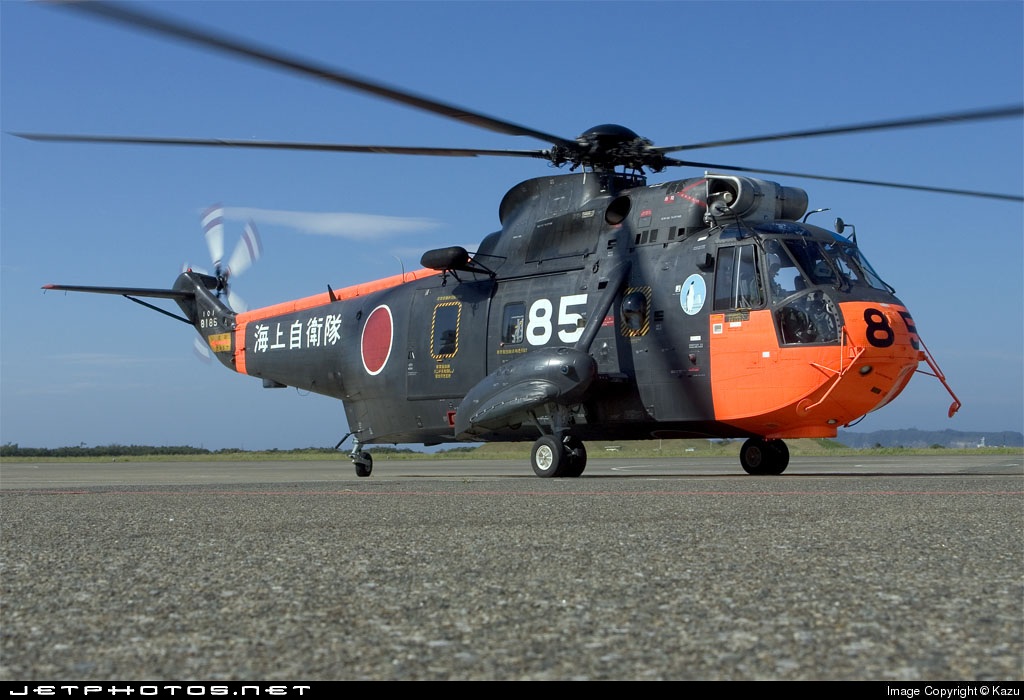
The Sikorsky (Mitsubishi) S-61A SeaKing, a variant of the Nuri used by Japan’s Self Defense Forces. Image from: Jetphotos.net
Admittedly, it was quite difficult for us to pinpoint any one reason for the crashes, as, in most cases, we couldn’t find the official causes for them. But yeah, from what we’ve read, it seems to be that an aircraft’s age doesn’t really matter as long as it’s well-maintained. Problem is, though, is that it’s getting harder to do so. Which is probably why, as of 2020, the Nuri helicopter has been retired from service, because, well, they’ve simply become too old and costly to maintain:
“The wear and tear, after flying laboriously for 52 years, is beyond imagination with exorbitant costs for their upkeep. They have served their tenure well in the military and it’s time for the Nuris to be phased out, given the enormous expenses for support services like maintenance, servicing, repair and parts.” – ex-Chief of RMAF, General Datuk Seri Ackbal Abdul Samad
One thing we will say, though, is that the Nuri isn’t the only Malaysian helicopter that crashes: from 2015-2020, seven helicopter crashes were recorded in Malaysia, only one of which involved a Nuri. So perhaps the pilots may have a point after all?
Many RMAF pilots and officers have fond memories of the Nuri helicopter
Despite all its mishaps, it’s undeniable that it’s served our country very well. Its solid service over 50 years, especially during the communist era, earned it the nickname of the ‘Iron Bird’, and many pilots still speak praises of its capabilities, especially in search-and-rescue operations:
“I’ve flown the Nuri for 13 years, with 2,500 flight hours. I know what it’s capable of. It’s a durable aircraft, and it’s proved this during rescue and aid missions for Kelantanese flood victims in 2014.” – RMAF Major Mohd Faizal Abdul Latif, as quoted by Harian Metro (translated from BM by Cilisos)
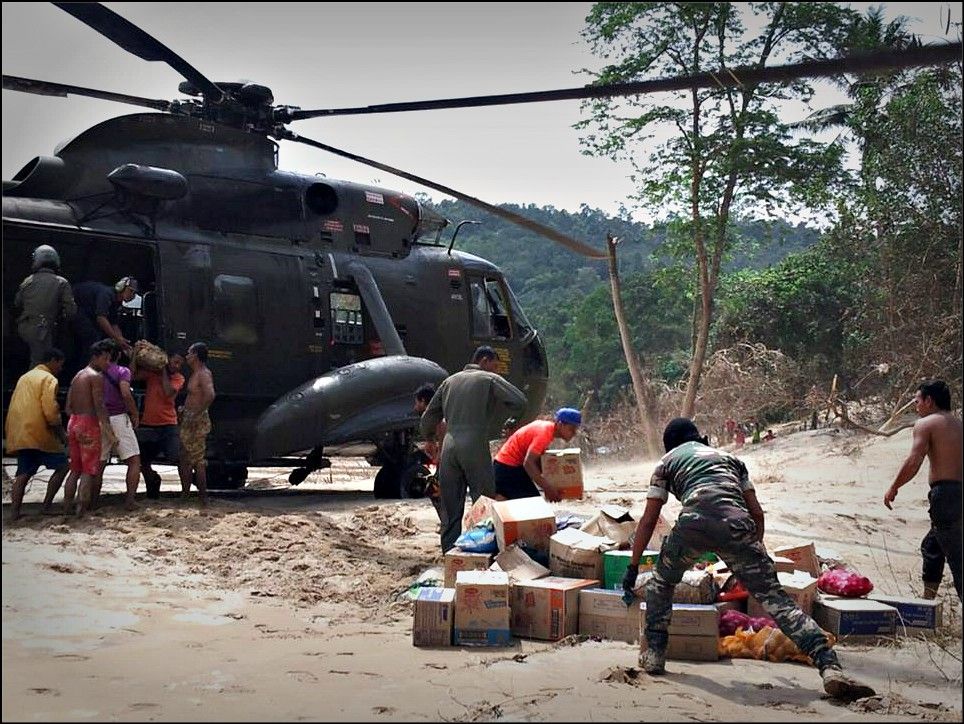
A RMAF Nuri offloading supplies for flood victims in the East Coast, 1980s. Image from: Pinterest user Vijaya Kumar Ganapathy
Another former Nuri pilot, Major Nor Ibrahim bin Sulaiman RMAF (Retired), fell in love with the Nuri during his time flying it, and has written three books on the helicopter, as well as a whole thesis on it which earned him a doctorate at the age of 69. Perhaps his sentiments on the Nuri best reflect just how much it has contributed to our history:
“Despite my age, I was willing to struggle to complete my PhD on the Nuri. I am proud to have completed it, I want the Nuri to be respected.” – Retired Major Nor Ibrahim bin Sulaiman, RMAF
- 590Shares
- Facebook578
- Twitter4
- Email2
- WhatsApp6




